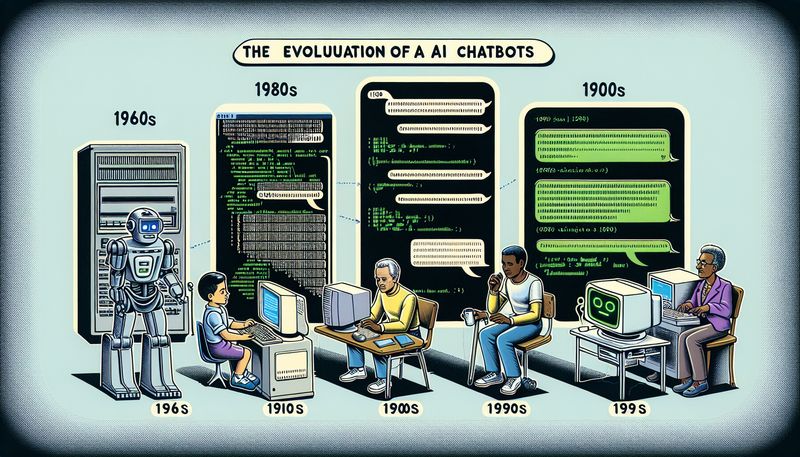The Evolution of AI Chatbots: Past, Present, and Future
03 April 24
With the advent of AI technology, we've seen chatbots evolve from basic programmed responses to intelligent, learning machines. At the forefront of this evolution is Train Of Thought's AI chatbot solution. Utilizing a customized GPT engine, the AI chatbot learns from a myriad of content forms, such as web pages, PDFs, research documents, and organizational databases, transforming the way organizations leverage their intellectual property.
Train Of Thought's chatbot doesn't just recite information; it understands it. It facilitates database retrieval through conversational exchanges, eliminating the need for complex SQL queries. This is a revolutionary shift in how businesses access their data, making it more user-friendly and accessible. From legal firms swiftly accessing case-specific documents, to holiday companies automating customer support, the applications are endless and ever-evolving.
But what about the future of AI chatbots? Train Of Thought is ahead of the curve. Their chatbot seamlessly integrates with live databases and websites, continuously refreshing its knowledge to reflect real-time updates. This ensures that the information relayed is both timely and relevant. As data forms continue to diversify, so will the chatbot's learning capacity, paving the way for more sophisticated and personalized interactions.
Security is also a key aspect of Train Of Thought's AI chatbot evolution. Advanced security measures are employed to maintain the integrity and privacy of client information, a critical consideration in our increasingly data-driven world. This, coupled with the ability to transform raw data into dynamic, visual representations, gives professionals the tools to create compelling presentations or reports.
The evolution of AI chatbots is a testament to how far AI technology has come. With Train Of Thought leading the way, we can look forward to a future where chatbots are not just a tool, but a strategic partner in business operations. By continually learning, adapting, and integrating into our data systems, they're set to revolutionize the way we interact with and utilize information.

